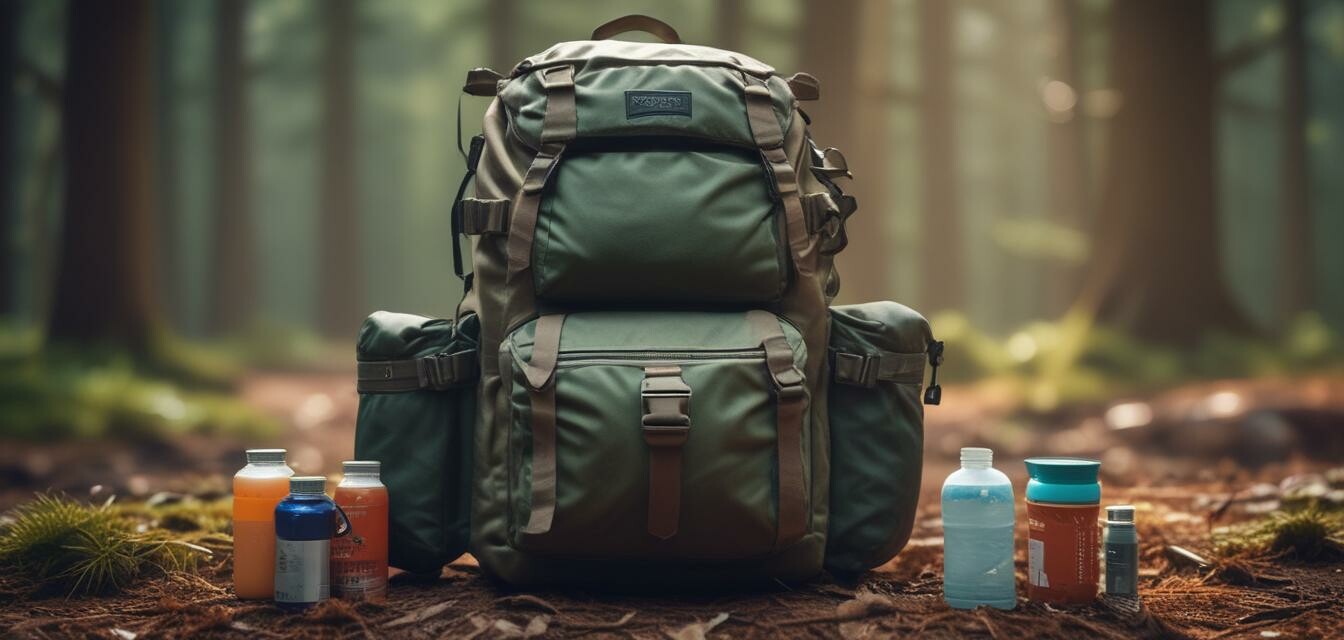
How to Stay Organized During Long Hikes
Key Takeaways
- Utilize packing cubes or pouches to categorize gear.
- Keep essentials at the top for easy access.
- Choose a backpack with multiple compartments and pockets.
- Stay consistent with gear placement for efficient organization.
- Develop a packing routine based on your hiking style.
When you embark on long hikes, staying organized is crucial for enjoying the journey and accessing necessary items quickly. The right organization techniques can turn a cumbersome adventure into a smooth experience.
Why organization matters on the trail
The importance of having an organized backpack while hiking cannot be understated. When you need to grab a snack, a water bottle, or a first aid kit, the last thing you want is to rummage through a chaotic bag. Organization increases efficiency and enhances your overall experience, allowing you to focus on nature instead of worrying about a disarray of gear.
Techniques for efficient backpack organization
1. Use packing cubes and pouches
Packing cubes or pouches are an excellent way to categorize your hiking gear. By grouping similar items together, you eliminate the hassle of searching for individual pieces. Here’s how you can use packing cubes effectively:
- Clothing: Store all your clothing in one cube to keep it compressed.
- Food: Use labeled pouches for snacks and meals to avoid spills.
- First aid: Keep your first aid supplies in a small, easily accessible pouch.
2. Prioritize accessibility
When loading your backpack, consider what you’ll need access to most frequently. Here’s where to place different items:
| Item Type | Placement |
|---|---|
| Snacks and food | Top pocket or front compartment |
| Water bottle | Side pocket |
| Navigation tools (map, compass) | Top pocket or shoulder strap pouch |
| Layered clothing | Main compartment, easily accessible layer |
3. Choose the right backpack
Not all backpacks are created equally. When choosing a backpack, consider the following features that enhance organization:
- Multiple compartments: More spaces help separate gear.
- External pockets: Handy for items you need to reach quickly.
- Hydration reservoir pocket: Keeps water easily accessible without taking up extra space.
4. Develop a routine
Establishing a consistent packing routine can greatly enhance organization. Here are a few tips:
- Always pack your backpack the same way before a hike.
- Know exactly where each item belongs.
- Check your backpack after every hike to reassess item placement.
Essential items to keep organized
Next, let’s focus on the essential items you should have organized within your backpack:
- Water and hydration packs
- Snacks (energy bars, trail mix)
- First aid supplies
- Navigation tools (map, GPS, compass)
- Extra layers (jacket, fleece)
- Headlamp or flashlight
- Trash bags for waste disposal
Common backpack organization mistakes
Recognizing mistakes that hikers typically make can save you from a frustrating experience:
- Overpacking, leading to a heavy load.
- Not securing items that can shift or tumble.
- Storing items in areas that aren’t easily reachable.
- Failing to utilize pockets or compartments effectively.
Pros
- Improved accessibility to gear.
- Enhanced hiking experience with less hassle.
- More efficient packing leads to lighter backpacks.
Cons
- Time-consuming to pack properly.
- Requires consistent routine adjustments.
Final thoughts on backpack organization
In conclusion, well-organized gear can significantly impact your hiking enjoyment and efficiency. The implementation of packing cubes, an organized routine, and a well-chosen backpack goes a long way in achieving this goal. For more tips on selecting the right backpack for various activities, you can read our guide on buying guides or explore our collection of casual daypacks.
Further resources
Looking for more tips? Check out our additional blog posts on outdoor adventure tips or browse through our range of outdoor adventure packs. Equip yourself with knowledge and gear that will make your next hiking experience unforgettable.